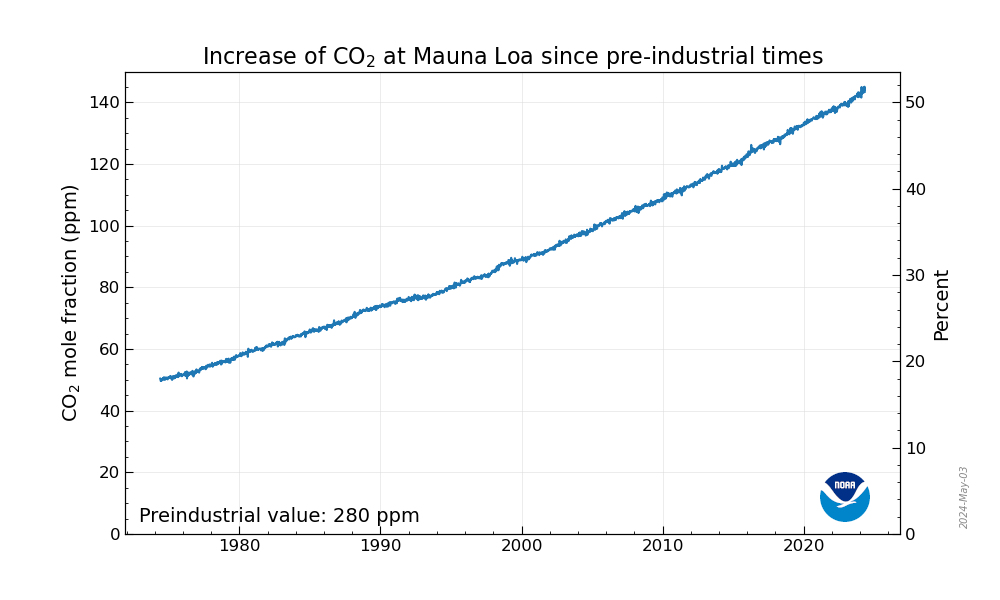1. The Macaulay Library at the Cornell Lab of Ornithology has an extensive collection of bird calls. Listen to a Sandhill Crane, a Red-tailed Hawk, the African Wood-Owl, and Pacific Golden-Plover, etc.
2. NOAA has animated recent and historic changes in atmospheric carbon dioxide here. This is a great animation that shows variability in atmospheric carbon dioxide concentrations at various temporal scales.
 |
 3. I love microscopes and I love photography. Combine the two and you have magic. Every year for the last few decades, the Nikon folks have hosted a photomicroscopy contest called "Small World". The subjects are varied, but many shots are of organisms. I think you will agree that so many of the photos are just stunning. Algae are a popular topic and have been often among the best images over the last decade. For instance, the 4th place winner several years ago shot the pizza slice-shaped diatom Lycmorpha on a marine red alga. The little picture to the right is one of my (not nearly as impressive) attempts to capture the simple but elegant branching pattern of a similar uniseriate red alga through my own microscope. The specimen was collected at Friday Harbor in Washington.
3. I love microscopes and I love photography. Combine the two and you have magic. Every year for the last few decades, the Nikon folks have hosted a photomicroscopy contest called "Small World". The subjects are varied, but many shots are of organisms. I think you will agree that so many of the photos are just stunning. Algae are a popular topic and have been often among the best images over the last decade. For instance, the 4th place winner several years ago shot the pizza slice-shaped diatom Lycmorpha on a marine red alga. The little picture to the right is one of my (not nearly as impressive) attempts to capture the simple but elegant branching pattern of a similar uniseriate red alga through my own microscope. The specimen was collected at Friday Harbor in Washington. 4. Check out this short KQED news segment that features the UC Berkeley herbarium's extensive seaweed collection and the great Dr. Kathy Ann Miller.
5. This link will take you to the Fake Science website that has a humorous take on various topics in science.
6. The Biodiversity Heritage Library brings together a collection of older scientific works back to the 1600s. Contributing libraries include the Smithsonian, the California Academy of Sciences, and many academic institutions. Click here to see an 1878 copy of Darwin's Origin of Species or here for one of Linnaeus' works.
7. Evolution has created an amazing diversity of life on our planet. This cladogram (a tree of relationships) shows how many of the major groups of organisms on earth are related to each other, from microbes to multicellular plants, algae, animals and fungi. Even better than many trees, this particular version includes photographs of organisms you may never have heard of and overlays the branching patterns of evolution over a geologic timescale.
No comments:
Post a Comment